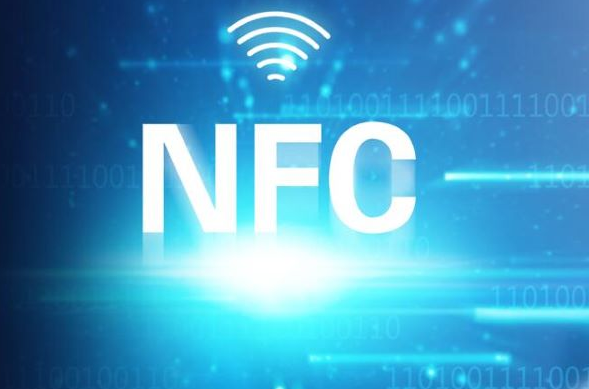NFC cards are mainly divided into two categories, ID cards and IC cards, ID cards are mainly used to read data to NFC reading devices; IC cards have a special chip inside the card data processing.
ID card: only record the card number, the card number read without any permission, easy to imitate. ID card can not write data, its record content (card number) can only be written by the chip manufacturer once, the developer can only read out the card number to use, can not be based on the actual needs of the system to develop a new number management system.
IC card: ID data recorded in the reading, writing are required to the corresponding password authentication, and even each area of the card has a different password protection, comprehensive protection of data security, IC card write data password and read data password can be set to different, providing a good hierarchical management approach to ensure system security. IC card can not only be authorized users to read a large amount of data, but also by authorized users to write a large amount of data ( IC card not only can be read out by authorized users, but also can be written by authorized users to a large amount of data (such as new card number, user's rights, user information, etc.), the content recorded by the IC card can be repeatedly erased, the security of IC card is much greater than ID card.

IC card can also be subdivided into what types?
M1 card: ordinary IC card, 0 sectors can not be modified, other sectors can be repeatedly erased; usually we use the access card, elevator card are M1 card. M1 card is NXP company developed IC card, the full name is NXP Mifare1 series, most cell phone manufacturers use NFC chip are NXP.
UID card: ordinary copy card, you can repeatedly erase all sectors, access control has a firewall is invalid.
CUID: upgrade copy card, can repeatedly erase all sectors, can penetrate most firewalls.
FUID: advanced copy card, 0 sectors can only be written once, after writing into the M1 card.
UFUID: Ultra advanced copy card, 0 sectors can only be written once, after sealing the card into M1 card, not sealing the card into UID card.
IC cards follow the concept of early chip contact cards, and are currently divided into contact IC cards and contactless IC cards. Non-contact IC cards belong to the category of RFID, and currently refer to high frequency IC cards. Very commonly used is the M1 card and its compatible cards.
The difference between Mifare series cards
(1) Mifare series cards are divided into Mifare UltraLight, also known as MF0, according to the different chips used in the cards.
2) Mifare S50 and S70, also known as MF1.
Mifare Pro, also known as MF2, and Mifare Desfire, also known as MF3.
Mifare 1 has a password, and Mifare UltraLight does not have a password.
M1/ML/UtralLight/Mifare Pro all comply with protocol 14443A, AT88RF020 complies with protocol 14443B
Differences between Mifare S50 and Mifare S70.
1) The reader issues different request commands to the card.
2) The card type (ATQA) byte returned in response is different. 0004H for Mifare S50 and 0002H for Mifare S70.
(3) Capacity and memory structure are different, the capacity of S50 is 1K bytes, and the capacity of S70 is 4K bytes.
At present, NFC cards are mainly used in access control identification, bus cards, mobile identification, anti-counterfeiting, etc. Suzhou Visionary handhelds can support NFC card reading and writing. Suzhou Visionary provides all kinds of RFID reading and writing equipment, NFC handhelds, barcode scanners, biometric handhelds, electronic tags and customized application software.